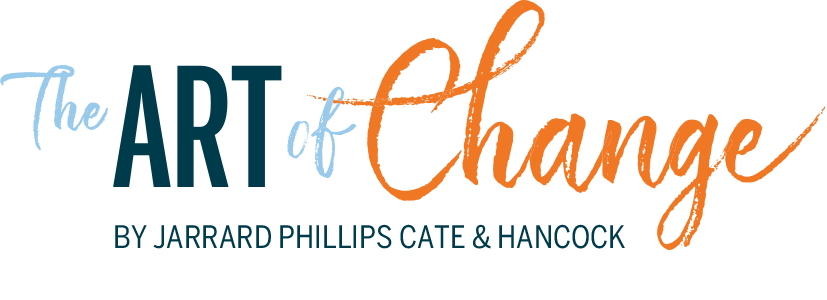
2. The Summer Surge: Unity in Unrest
Social justice movement brings spotlight to healthcare as strife intensifies across America.
Context
Unifying. That’s how I’d describe the civil unrest that swept across our country last year in late spring, early summer as the COIVD-19 pandemic picked up steam.
Probably not the first word that comes to everyone’s minds but consider this: Depending on whose research you review, somewhere between 15 million (Pew) and 26 million (Kaiser Family Foundation) people came together in protest during that period. Protests happened in more than 4,211 cities worldwide including in all states, territories and Washington, D.C., and internationally in more than 60 countries, according to the U.S. Center for Disaster Philanthropy.
The unifying, collective force in each of these protests was a desire to change, a desire to improve the lives of minority populations in a meaningful way and a yearning for something better. Eight months later, the call to action that this movement created is still rippling through our nation and creating change.
In healthcare, the social justice movement has called attention to and accelerated the change of much that needed changing already. More diversity in the workplace, more focus on healthcare disparities among various segments of the population and now vaccine discrepancies are showing us the impact of race and culture in the healthcare system.
Working with clients on how to respond to the social upheaval, it struck me just how significant the opportunity is in healthcare to create positive change and make a difference across society as a whole – as large employers, as providers of care to a diverse mix of populations and as community institutions. Few other industries have more potential for impact and positive change than healthcare. And few are more united by a universal desire to serve.
The biggest challenges I see providers facing as it relates to this movement are time and (lack of) personal experience. Most people want change to happen faster, but it will take time. Simultaneously, all of us who are involved (especially those in positions of leadership) struggle to find the right mix of words and action. And this is happening in an industry with white male-dominated C-suites who acknowledge they want to do the right thing – but often don’t know how to relate to the issue.
Lessons learned
Listen more
Talk less. The people working within the four walls and those out in the community can help unearth the answers healthcare leaders need to help close the gaps in healthcare equity. Many employees are members of those same communities. Their families, friends and neighbors are among those struggling to trust the medical field or to get access to care. Providers need to set up listening tours, focus group conversations, online feedback forms and even just leave room for causal but important conversations with individuals. It takes humility and openness, though, plus a deep-seated commitment to creating an environment where people feel comfortable sharing so you can learn, not fix.
Call in reinforcements
There are diversity experts out there. Hire them. Firms have been facilitating conversations about DE&I and developing strategic road maps for diversity for years. The flip side of calling in reinforcements is knowing who not to bring in and how not to ask for help. This is work – pay for measurable consulting services just like you would any other issue. Don’t ask for free advice, it’s neither fair nor appropriate.
Don’t just hire
Invest and equip. Go beyond hiring a DE&I officer like a chief diversity officer. Treat diversity as you would any other strategic business decision. Hire an expert to help you develop a plan that reflects research, measurements, key outcomes and the timeline for getting there. Then set the new hire up for success. Have your CDO report to the CEO – just like any other member of the C-suite. Give them the resources and authority that matches the position. Finally, create a plan (and give license to the diversity team) that will operationalize diversity in a way that makes it part of the entire organization, affecting everyone. In other words, make sure it’s not just a program for people of color but an effort that will be a deep-rooted part of the entire organization.
Partner up
Find the organizations and voices within the community who can help you with outreach. Religious leaders, community health organizations, local celebrities are all good candidates to cultivate. Ask questions – again, listen more than you talk – and let them inform you about what their community needs.
Follow through
When it’s all said and done, do the thing you said you were going to do: Make a measurable impact on health equity. It will be hard. It will be slower than we’d like. There will be pushback. Keep going.
Back to unifying. This silver lining of summer has led us to this exciting moment. As we’ve watched our clients across the industry grapple with the issue of health inequity and social injustice, we’ve seen that renewed commitment to drive change. And it’s not going away.
Watch this space as our next volume of Art of Change is dedicated to diversity, equity and inclusion in healthcare, getting into deep detail about actionable lessons and best practices.
